Praise for Awesome Nightfall This remarkable life and poetry of Saigy is essential reading: essential to understanding Japanese literary tradition, and essential to understanding the role of Japans most influential poet in the history of its Buddhism. Saigy found beauty in the temporality of things and identified with ordinary villagers throughout his famous journeys, writing poems that remain as elegant, perceptive, and moving today as they were a thousand years ago. William R. LaFleur presents a striking portrait of the man and his work. His scholarship and artistry are commendable. Awesome Nightfall is a classic.Sam Hamill, author of Dumb Luck Extraordinary.
This fascinating work is equal parts biography, history, poetry, and even mystery as it traces the life and mind of an elusive and complex figure of Japanese culture. This book is one of the rare works that leaves the reader overflowing with satisfaction in knowing something important and wonderful was achieved in the trip through its pages.New York Resident In 1140, Saigy cast off his warrior past and entered his poetic and priestly vocation. Attached to no monastery, he roamed Japan, engaging in religious austerities and honing his skills. William R. LaFleurs Awesome Nightfall offers us a more complex, more human Saigyreclusive, yes, but still a very close observer of his times, viewing the enveloping darkness from the heights where none can view me / but I can review all things.The Asahi Shimbun A beautifully proportioned work of lucid scholarship and superb literary translation. This fruit of LaFleurs long and inspired labor not only honors the great Buddhist poet Saigy, but the intelligence and heart of readers as well.Mike OConnor, translator of The Clouds Should Know Me By Now and Where the World Does Not Follow Bill LaFleurs translations of Saigys poetry have opened up a window on twelfth-century Japan, providing us with firsthand glimpses of the Buddhist religion, the valuation of nature, and the specific spirit of the times.Mircea Eliade Saigy lived in twelfth-century Japan, but from reading his poetry, it doesnt feel like it.
The first half of Awesome Nightfall is an account of his life in the turbulent Japanese culture amid which he was raised. Dotted with his poems, it provides a good ground from which to read the second half, which consists of about 150 waka (traditional five-line poems). His poems are alive to the vivid transformations of inner and outer worlds. This is an inspiring volume, poetically and spiritually.Dharma Life A quarter of a century ago, LaFleur published his book on Saigy, Mirror for the Moon, which Awesome Nightfall thoughtfully and masterfully supersedes. LaFleur sketches Saigys life in bold strokes and introduces new findings for the English-reading audience. The book opens up fascinating and important questions, and as such this volume will be an interesting choice for seminars on Japanese medieval literature, history, or religion.Philosophy East & West Awesome Nightfall
Awesome Nightfall 
 Wisdom Publications 199 Elm Street Somerville MA 02144 USA www.wisdompubs.org 2003 William R.
Wisdom Publications 199 Elm Street Somerville MA 02144 USA www.wisdompubs.org 2003 William R.
LaFleur All rights reserved. No part of this book may be reproduced in any form or by any means, electronic or mechanical, including photography, recording, or by any information storage and retrieval system or technologies now known or later developed, without the permission in writing from the publisher. Library of Congress Cataloging-in-Publication Data LaFleur, William R. Awesome nightfall : the life, times, and poetry of Saigy / William R. LaFleur. cm. cm.
Includes bibliographical references and index. ISBN 0-86171-322-2 (pbk. : alk. paper) 1. Saigy, 11181190. I.
Saigy, 11181190. Poems. English & Japanese. Selections. II. Title.
PL788.5.Z5 L34 2002 895.614dc21 2002151801 07 06 5 4 3 2 Cover image: Kayama Matazo, Flowers (1978). From the collection of The National Museum of Modern Art, Tokyo. Cover by Anna Herrick/TLrggms Interior by Gopa & Ted2 Wisdom Publications books are printed on acid-free paper and meet the guidelines for permanence and durability of the Committee on Production Guidelines for Book Longevity of the Council on Library Resources. Printed in United States of America.  This book was produced with environmental mindfulness. We have elected to print this title on 50% PCW recycled paper.
This book was produced with environmental mindfulness. We have elected to print this title on 50% PCW recycled paper.
As a result, we have saved the following resources: 11 trees, 7 million BTUs of energy, 946 lbs. of greenhouse gases, 3,927 gallons of water, and 504 lbs. of solid waste. For more information, please visit our web site, www.wisdompubs.org This is the book I promised to Mariko and Kiyomi, who now have it along with my thanks to them.  Contents F REE AND EASY WANDERING designates an appealing way of life according to Chuang tzu, but it is, in fact, a path that few have entered either freely or easily. Saigys life was too difficult to be so designated, even though it included several extended journeys.
Contents F REE AND EASY WANDERING designates an appealing way of life according to Chuang tzu, but it is, in fact, a path that few have entered either freely or easily. Saigys life was too difficult to be so designated, even though it included several extended journeys.
After he died, his contemporaries praised him for having shown that the life of a Buddhist monk can be fully compatible with a dedication to writing poetry. Proving this, however, involved a lifelong, often painful, struggle. The real Saigy was not quite as reclusive as later portraits made him out to be. He lived in horrific times and could not easily tear his attention away from what was going on. And he obviously struggled with internal demonsrelated to sex, to worries about the karmic imprint of his warrior past, to anxiety about loss of social visibility through taking the tonsure, and to certain items he successfully kept concealed from all later generations. Pithy phrases that fused the way of poetry with the Way of Buddha were common in twelfth-century Japan and had a certain cach.
But Saigy realized that to test their validity required putting the whole of a life into the experimentand with an outcome far from certain. And he knew it had to be a life intentionally disconnected from the lives of contemporaries, friends, even loversthat is, persons who, even though themselves poets, were not engaged in precisely this experiment.  Thirty years ago, when I was just beginning to study this poet, there was a perceptible dry spell within Japanese scholarship on Saigy. The idealized image of this poet had cracked, but there was little yet to take its place. The principal students of Japanese literature in North America were cold-shouldering him. My mentor at the University of Chicago, the late Joseph M.
Thirty years ago, when I was just beginning to study this poet, there was a perceptible dry spell within Japanese scholarship on Saigy. The idealized image of this poet had cracked, but there was little yet to take its place. The principal students of Japanese literature in North America were cold-shouldering him. My mentor at the University of Chicago, the late Joseph M.
Kitagawa, however, maintained that study of this twelfth-century monk could be as fine an aperture into medieval Japanese Buddhism as one might find. And then Masao Abe, a philosopher of Zen, graciously introduced me to the late Professor Kitayama Masamichi, a student of Western literature who also had a profound grasp of medieval Japanese poetry. Reading and analyzing poem after poem together with Kiyatama, he genially badgered me. He was critical of what he had read in translation. People both in Japan and in the West want a sweetened Saigy, he claimed and then went on to point out that Saigy had a difficult life, lived through tempestuous times, and fought hard to find the exact nexus between Buddhism and poetry. More importantly, he insisted, even todays Japanese readers, modern in their tastes, easily forget that Saigy lived in a medieval episteme in which the claims of Buddhism were not to be taken lightly.
Next page

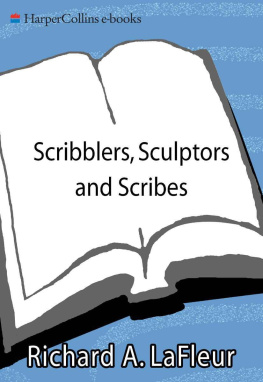


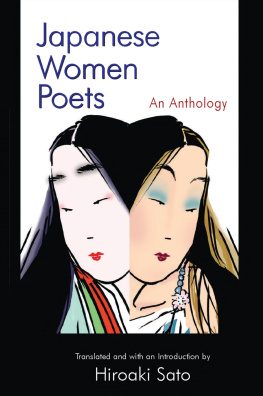
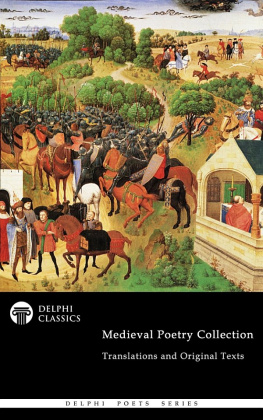



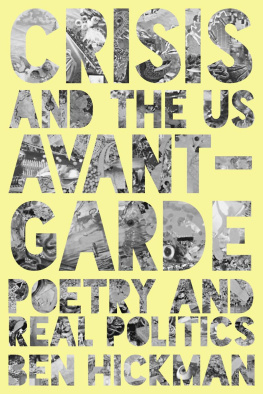
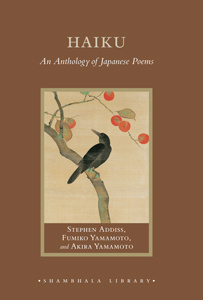
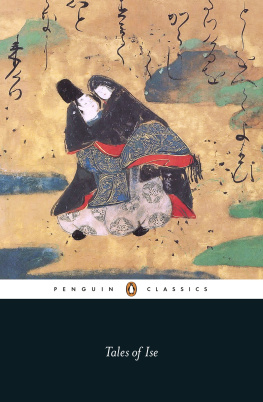
 Awesome Nightfall
Awesome Nightfall  Wisdom Publications 199 Elm Street Somerville MA 02144 USA www.wisdompubs.org 2003 William R.
Wisdom Publications 199 Elm Street Somerville MA 02144 USA www.wisdompubs.org 2003 William R. This book was produced with environmental mindfulness. We have elected to print this title on 50% PCW recycled paper.
This book was produced with environmental mindfulness. We have elected to print this title on 50% PCW recycled paper.